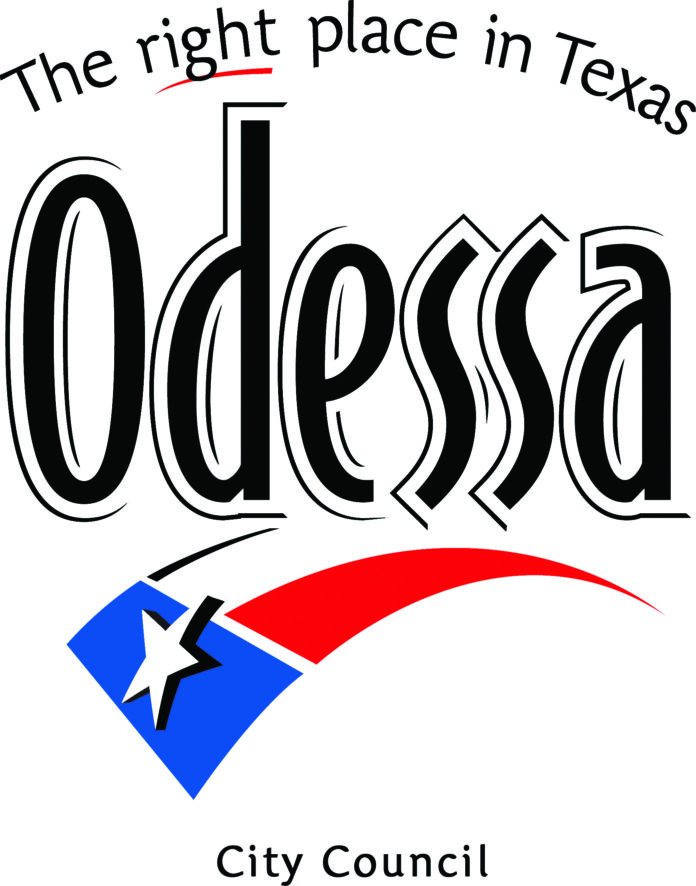When it comes to parks, Odessa doesn’t compare.
In fact, Odessa City Council members were told Tuesday Odessa has 3.9 acres of parks for every 1,000 residents, compared to 14.8 acres per 1,000 in Amarillo and 6.8 acres for every 1,000 in San Angelo.
In addition, since the City of Odessa and the University of Texas Permian Basin no longer have an agreement to share UTPB’s sports complex, Odessans have even fewer parks than it did in 1994, Aaron Tuley of HALFF engineers told council members.
After three years of open houses, online surveys and 24 “listening sessions,” Tuley made the trip from Houston Tuesday to present a proposed five-year plan for Odessa’s parks, recreation, open space and urban landscapes.
The engineering firm recommends the city make a determined attempt to find and dedicate funds solely for the acquisition and development of parks throughout the city. Tuley said he would like the city to build a new sports complex, but also additional parks on the east and north sides of Odessa. At the same time, the city would need to hire additional staff to support and maintain the new facilities.
Tuley estimated the cost of a new sports complex at $28 million to $40 million. That does not include land costs.
A city’s park system is just as integral to a city as its water and transportation infrastructure, Tuley said.
According to the 800 or so people who participated in an online community needs survey, residents listed walking trails, playgrounds and swimming pools at the top three important park features.
The proposed five-year study sets five goals, Tuley said. The goals include having parks equally distributed throughout the city, providing a diverse and equitable range of programs throughout the city, provide safe and accessible trails that are in harmony with the area’s natural resources and to ensure the park system is fiscally sustainable, Tuley said.
More than 78% of those who participated in the surveys said they’d actually be willing to pay more for a new home in a new subdivision if additional funds were spent on parks and trails, Tuley said.
Since studies have shown sports complexes never entirely pay for themselves, Tuley told the council it ought to consider creating public improvement districts to fund the parks. He also said other options include encouraging developers to allocate space within their projects for parks and forming a partnership with the Ector County Independent School District for park space.
In Houston, the city and its largest school district have formed a partnership that has resulted in 250 parks on school land, but that are kept separate from school facilities, he said.
Tuesday’s discussion of the five-year plan began with Mayor Javier Joven objecting to a turn of phrase of Tuley.
Tuley told the council his firm was recommending the creation of a new sports complex because of the “closure” of the UTPB park.
Joven told Tuley, “I want to make it clear UTPB was not closed …There’s a real misconception that we closed that park…It wasn’t a closure. It still exists. It is UTPB’s park. UTPB just chose not to renew the contract. It wasn’t us.”
Up until last July, the City of Odessa had a 25-year agreement with UTPB that allowed it to rent the park for $1 per year, plus 10% of any gross proceeds it collected from commercial proceeds, excluding food and beverages.
However, the university contended the city was breaking its agreement by subletting the fields to various sports organizations, some of whom turned around and sub-leased to other organizations.
Regardless of how it happened, Tuley noted that the city needs at least a 100-acre sports complex/aquatic facility/splash pad/community park to replace the loss of the UTPB facilities.
Tuley also said the city needs 11 more softball fields and additional football and soccer fields. The city also needs to invest in improving conditions at its existing parks, noting that Comanche Trail West, Jim Parker, Sherwood and Woodson parks all earned a grade of “C” when assessed. McKinney Park earned a “B” and Floyd Gwin received a “D” prior to the start of an ongoing renovation project. Comanche Trail East Soccer Park earned an “A” but is under utilized.
The council is expected to take the adoption of the master plan up again next Tuesday, but council members stressed the plan is merely a “guideline.” Several said they were unwilling to bind future councils to the plan.




